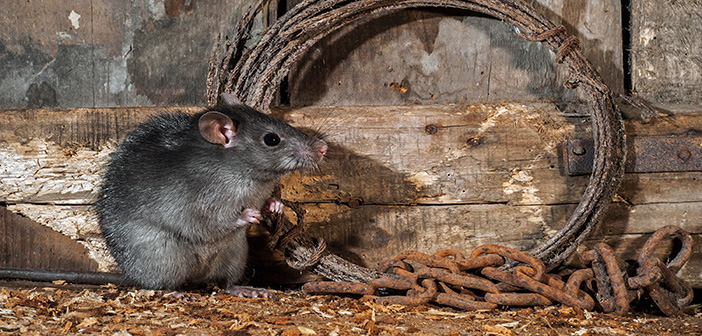BASF has launched its 2022 survey for UK farmers exploring rodent activity on farms across the country.
The short survey, which takes farmers only 10 minutes to complete, aims to gain a greater understand and provide insights into current rodent control measures and rodenticide usage on farms, as well as identify areas of resistant rats.
One important aim of the survey will be to gather information on the prevalence of resistant rats throughout the UK. With the use of anticoagulant baits containing the actives bromadiolone and difenacoum, proving ineffective on resistant rats and ultimately contributing to the spread of rodents on farms, the data gathered will establish the extent to which resistance is understood by farmers, what methods farmers are using to control rodent infestations, and which areas of the UK are reporting the most problems with resistance.
The results will be compared to the data gathered in a survey launched by BASF in 2020, which provides a benchmark understanding of rodent control on farms, offering insight into the changing landscape of rodenticide usage and highlighting, across the country. any areas with increasing resistance.
All farmers who complete the survey will receive a complimentary Selontra® beanie hat as a gesture of appreciation for contributing to a greater understanding of rodent control on UK farms.
BASF pest control specialist, Helen Hall, said: “We believe it is important to raise awareness of rodenticide best practice and increase farmers’ understanding of rodent resistance. Many may not be aware that the use of certain rodenticides could actually be contributing to the issues they face on their farms and are not only ineffective but also potentially harmful to non-target species.
“By comparing the fresh data from this survey with the information gathered in our previous survey, we will be able to build a clear picture of how farmers currently approach rodent control, where the occurrence resistant rats is increasing in the UK, and how we can help control infestations on farms, particularly in areas of known resistance.”
The survey can be completed by clicking HERE.


